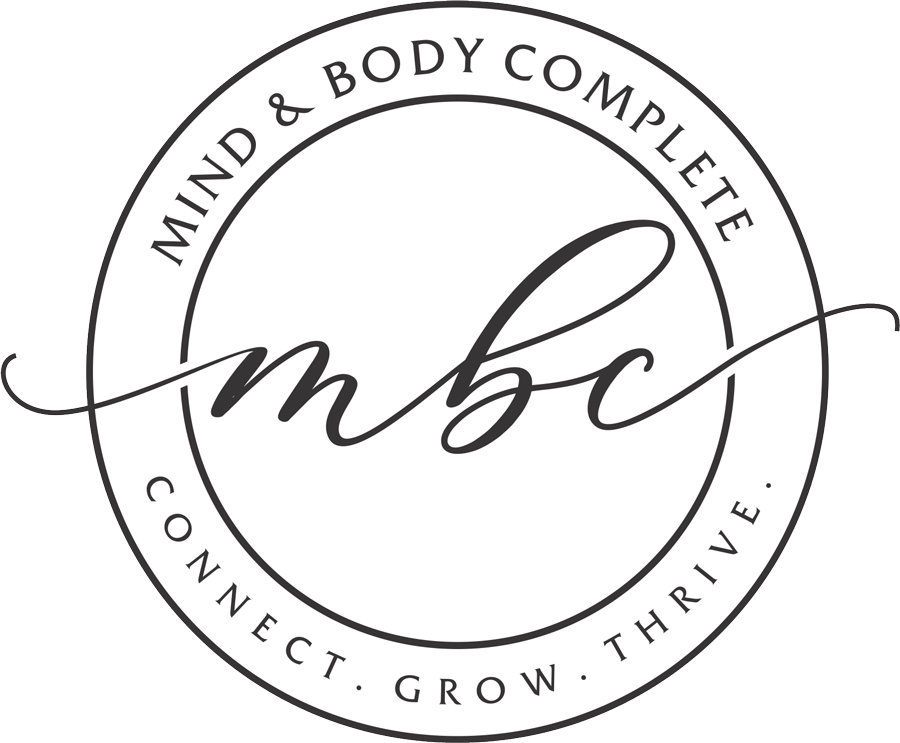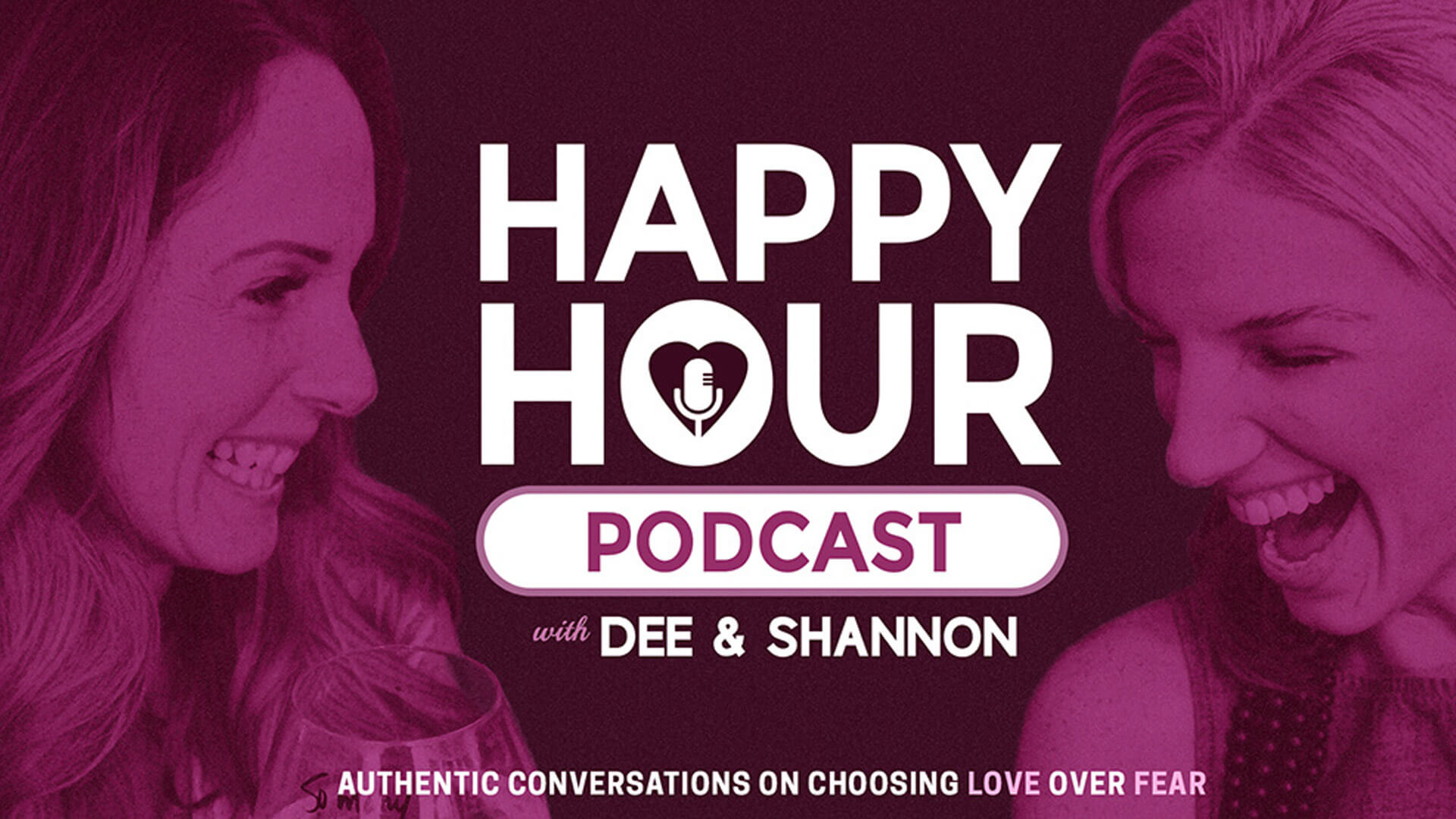Declutter to reduce stress
It is possible to reduce stress and increase productivity by decluttering! Research backs this up! The Journal of Current Psychology has published studies showing the negative impacts of clutter. It causes “life dissatisfaction” and can “negatively impact our mental wellbeing”. Clutter also increases cortisol, the stress hormone, and is linked to greater procrastination (anyone else feel like putting shit off cause there is just too much crap around? If not, me either, was just asking for a friend…).
In our recent podcast, Dee and I discuss the concept of decluttering. She really embraces the de-cluttered life. She says, “I’m by no means a minimalist, but I really try to not accumulate stuff.” She continues to explain that the research is so true in her life: “I agree with all those facts – and I feel it tenfold! I feel the negative impacts so strongly, that it’s practically debilitating to me. If I can’t find an outfit, and I make my closet a huge mess, I literally cannot go to sleep until it’s cleaned up. If there are a lot of things around – in my car, desk, whatever! – it feels cloudy and heavy in my thoughts and body.”
But, how do we effectively declutter? I have three kids and a dog living at home. Our schedule is packed- as I am sure everyone’s is. At times in the past, I wouldn’t handle it the best way… I would go on a “cleaning rampage” against my family trying to get them to clean up with my big black trash bags in tow. But in recent years I have been using a strategy that works well for me. It was partially adapted by Marie Kondo’s method. Check out her books: The Life-changing Magic of Tidying Up as well as Spark Joy: An Illustrated Masterclass on the Art of Organizing and Tidying Up. But many of you have already heard of her from her new Netflix show, Tidying Up with Marie Kondo.
Like Marie, I think it’s important to touch every item when debating whether to keep it. We need to feel its energy, and then discern if it is serving us meaningfully. I used to do this room by room, item by item. But Kondo preaches going category by category, and I have started to prefer that technique. Here are her categories:
- Clothing
- Books/paper
- Kitchen/bathroom
- Garage/storage
- Sentimental/Misc.
You may need to adapt these categories to work for you. Kitchen and garage are part of the miscellaneous category, and that can encompass a lot. Or if maybe you keep a lot of holiday decorations, you could create your own category for that. Another blogger created a thorough PDF of what’s in Marie Kondo’s categories if you want more detail.
My process works like this: working in a certain category, I am armed with two large bags: one for trash, and one for donations. Then, with each item, I ask myself three questions.
- Do I use it now?
- Will I use it in the next year?
- Does it bring me joy?
If I answer no to these questions, then it is time to part with the items – with no hesitation! Dee says that even though she reduces clutter as much as possible, her storage closets tend to hold these types of unused items, like extra backup shampoo for the backup shampoo (does anyone else do this?). Using my process (or one like it) prevents the clutter, the build up and the unnecessary STUFF.
How to say goodbye… especially to gifts and expensive items
When you decide to let something go, I do a similar process as Marie. I have to touch every item in order appreciate the items for the energy they brought and to impart appreciation for the joy it once brought me. This feeling of gratitude makes it a more harmonious process.
I think this “gratitude farewell” especially works for items that were gifts. It really is okay to let a gift go if it isn’t used or doesn’t bring joy. Say “thank you” and express gratitude for the love that was expressed in giving the gift, but then LET. IT. GO. Trust that by donating it to someone else, it can find a new home where it can be loved. Even if it cannot be donated, know that you are making room in yourself and your home to more deeply appreciate what’s left, and give yourself that gift.
Price, too, is something that holds us back from parting ways. We keep things because they were ‘expensive’, and we sometimes especially keep them if we have buyers remorse. But keeping these belongings, and the guilt that comes with them, really isn’t healthy or productive. If cost is holding you back from replacing something you actively dislike, consider finding a consignment shop or listing it on Craigslist.
When Nathan and I got married, we each had our own houses and needed to consolidate. Whether it was a sofa or a painting that I wanted to part with, he would always bring up the price: “Do you know how expensive that was?!” But my philosophy is that the flow of money is okay. What you spent at that time helped the economy, someone’s job, someone’s business, etc. And, most of the time, that item served you when you needed it. When circumstances change, as they always do in life, it’s good to reevaluate whether that painting, sofa, or anything else is still supporting your lifestyle and bringing you joy.
For another example, I was holding onto fancy suits from my life in corporate. But it’s been 14 years! For a while, those memories of high-powered meetings brought me joy and I kept those suits, wondering if I may need them again. But when I looked at them more recently, I knew I didn’t need to hold onto them anymore. Rather than be guilty about “losing” the money I spent on them, I decided to be joyous about what those suits offered me during that phase, and deeply grateful for all the clothes I now wear in a different lifestyle I really love.
Making decluttering a habit, especially with kids
Maybe now it’s a standard lesson for teaching kids, but it’s one that Dee remembers well from her childhood. Whenever they brought new items into their home or wardrobe, they needed to part with an equal number of items. Today for Dee, that lesson has held, especially with clothes shopping. If she comes home with shopping bags, she finds an equal number of clothes to donate.
In my house, we do that same “purge” following Christmas. I’ll admit, my kids are a bit spoiled! My girls got new toys for gifts, and then we took the time to put some old toys in a giveaway bag as well. In Episode 1 of Tidying Up, even toddlers were “folding” with their parents, and learning those important lessons.
Ultimately, every family member should be respected about the items they wish to keep, if it truly sparks joy for them. Decisions about what to keep are personal; they are about listening to the voice within. But parents can set their kids up for success by prompting them to do this process and especially by teaching through example.
A note on gender roles
Those studies from Current Psychology also indicated that clutter can “negatively impact our mental wellbeing,” particularly for women. Perhaps this is because in studies women still report doing more chores. I think we still see this trend where women may feel more of a burden, both logistically and emotionally, for maintaining a home. Even the Netflix series showed many women in married relationships who seemed to feel more of that pressure, which USA Today pointed out in their take on the show.
One mom featured in episode 3 of Tidying Up teared up at not meeting her own and society’s expectations for creating a home for her family. Progress came the most when her husband and two pre-teen children not only took responsibility for their own spaces and belongings, but also contributed to the family overall. The husband said he had never cooked, but at the end of the process, he proudly mentioned making a salad, and his wife said with gratitude that he picked up the dry cleaning and folded the laundry. At the end of Episode 1, the married father with two toddlers said that by doing laundry and dishes alongside his wife, they were able to share moments from their day, enjoy the time together, and most importantly feel closer as a couple.
Ultimately, for shared spaces like kitchens and living rooms, every family member should buy into the decluttering process, play their role in maintaining it, and contribute meaningfully in the space.
The takeaway (plus resources)
Whatever method you choose, having a clean and organized life has so many benefits. (You can also check out our earlier episode with Laura below, our fung shui expert!) I have a free PDF you can get below with my 3×5 method: three simple questions for five categories.
The energy flows better in our life without all the crap and junk we no longer need or use. A de-cluttered life really can bring you peace and positivity!
Sign up for free program HERE.
Listen in on the full show:
Our past Fengshui show with Laura:







